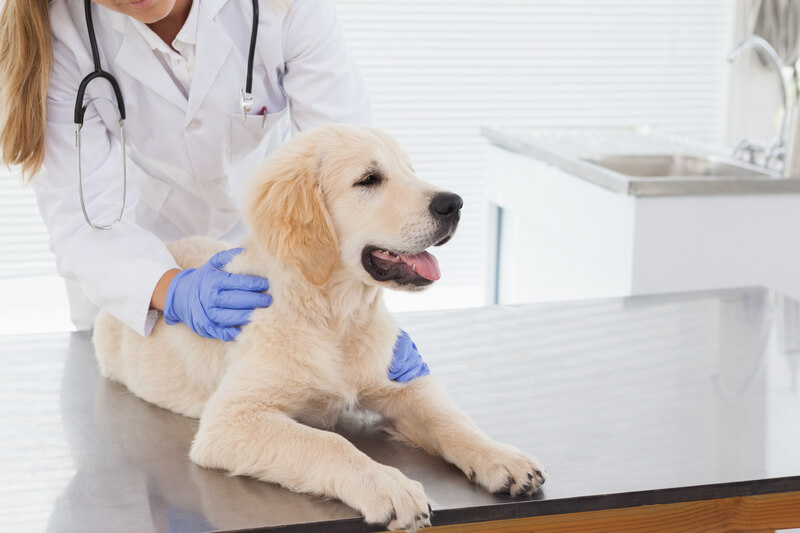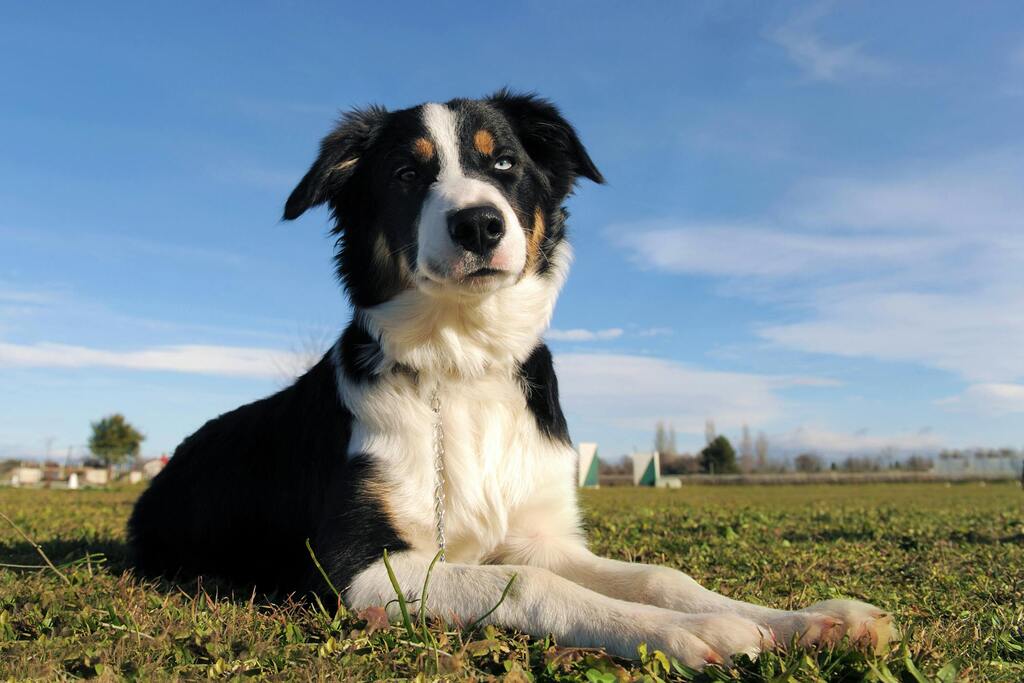
The field of veterinary medicine has seen numerous advances in recent years, with minimally invasive surgeries at the forefront of improving animal health and recovery times. Among these, thoracoscopy, a procedure allowing vets to view the chest cavity without making large incisions, stands out for its efficacy and reduced risk of complications. This technique has revolutionally impacted the way respiratory, cardiac, and certain thoracic diseases are diagnosed and treated in animals.
Introduction to Thoracoscopy

Thoracoscopy is an endoscopic procedure that involves the insertion of a thoracoscope into the chest through small incisions. This allows veterinarians to visually inspect the thoracic cavity, including the lungs, heart, and pleura, and to perform surgical interventions with minimal tissue damage. The method is widely regarded for its precision and the significant reduction in recovery time for the patient, making it a preferred option over traditional open surgery.
Advancing Veterinary Care with Minimally Invasive Techniques
In the realm of veterinary care, the introduction of minimally invasive techniques such as thoracoscopy has been a game-changer. These methods significantly reduce the stress and pain animals experience during and after surgery. Specifically, veterinary thoracoscopy solutions have paved the way for treating conditions that were previously considered highly invasive and risky.
The ability to perform intricate procedures with more accuracy and less trauma has led to better outcomes and quicker recoveries, thereby enhancing the quality of life for our animal companions.
Benefits of Thoracoscopy in Veterinary Medicine

The adoption of thoracoscopy in veterinary medicine brings a myriad of benefits. Firstly, the smaller incisions mean reduced pain and lower risk of infection, which directly translates to shorter hospital stays and quicker returns to normal activity for animals. Additionally, the enhanced visualisation offered by the thoracoscope allows for more precise surgeries, minimizing the likelihood of complications during and after the procedure.
Another advantage is the capability for early disease detection. Thoracoscopy can be used as a diagnostic tool, allowing vets to take biopsy samples from the lungs or lymph nodes without major surgery. This early intervention is crucial in managing diseases like cancer, where early detection can significantly impact the prognosis.
Challenges and Considerations
Despite its advantages, thoracoscopy is not without challenges. The technique requires specialized training and equipment, which can be costly. Veterinary practices must weigh the benefits against the investment in training and technology. Furthermore, thoracoscopy is not suitable for all animals or conditions; severe cases may still require traditional surgery for a more comprehensive approach.
Case Studies and Success Stories
Throughout the veterinary community, there have been numerous success stories highlighting the impact of thoracoscopy. From routine procedures like biopsies and spaying to more complex surgeries such as lung lobectomies, the outcomes have been overwhelmingly positive. These case studies serve as a testament to the procedure’s effectiveness, showcasing significant improvements in recovery times and the overall health of the animals treated.
A New Horizon in Animal Health
As we look to the future of veterinary medicine, thoracoscopy represents a significant leap towards more humane and effective treatment options. Its role in minimally invasive surgery not only offers a less traumatic experience for animals but also sets a new standard in surgical care. The technique’s ability to improve diagnostic accuracy and treatment outcomes marks a pivotal moment in our ongoing commitment to enhancing animal welfare.
In summary
Thoracoscopy has ushered in a new era of veterinary surgical care, characterized by minimal invasiveness, improved precision, and faster recovery times. As this technology continues to evolve and become more accessible, it holds the promise of transforming animal health care, ensuring our beloved pets and other animals receive the best possible outcomes with the least amount of discomfort.
This evolution in veterinary practices highlights a profound shift towards more compassionate and effective care, ensuring a brighter future for animals worldwide.











